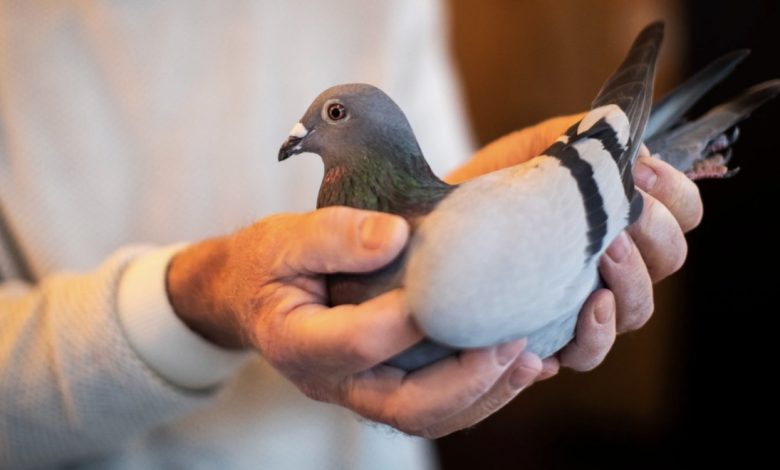Columbidae

Columbidae (/kəˈlʌmbɪdiː/) is a bird family consisting of pigeons and doves. It is the only family in the order Columbiformes. These are stout-bodied birds with short necks, and short slender bills that in some species feature fleshy ceres. They primarily feed on seeds, fruits, and plants. The family occurs worldwide, but the greatest variety is in the Indomalayan and Australasian realms.
The family contains 344 species divided into 50 genera. Thirteen of the species are extinct.[2]
In English, the smaller species tend to be called “doves” and the larger ones “pigeons”.[3] However, the distinction is not consistent,[3] and does not exist in most other languages. Historically, the common names for these birds involve a great deal of variation between the terms. The bird most commonly referred to as just “pigeon” is the domestic pigeon, which is common in many cities as the feral pigeon.
Pigeon is a French word that derives from the Latin pipio, for a “peeping” chick,[4] while dove is a Germanic word that refers to the bird’s diving flight.[5] The English dialectal word “culver” appears to derive from Latin columba.[4] A group of doves is called a “dule,” (pronounced ‘dool’) taken from the French word deuil (mourning).[6]
